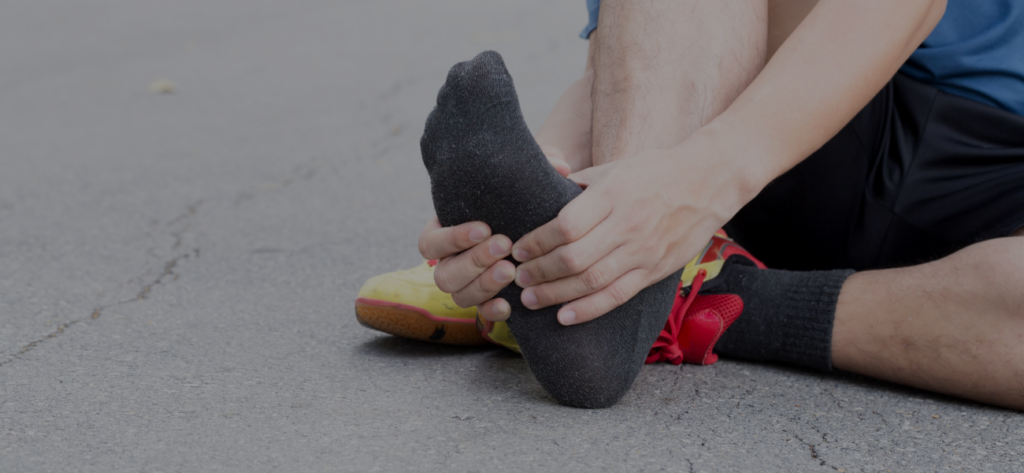Rheumatoid arthritis is a painful inflammatory condition that affects millions of Americans each and every day. It involves an issue where your body’s own immune system attacks its own healthy tissue, oftentimes leading to inflammation and pain in many of the most frequently used joints in the body. And while movements may be uncomfortable, staying active is actually one of the best treatment options for patients with rheumatoid arthritis, which is why physical therapy is often a preferred treatment method.
How PT Helps With RA
Rheumatoid arthritis can serve to break down our healthy joints, so the best way to fight back against the condition is to try and make sure your joints are as healthy as possible. Our joints are strongest when we condition them and work to make them stronger, which is what happens during regular exercise and physical therapy. Exercise is great for general strength training and muscle toning, but physical therapy can be even more beneficial because it allows you to target the specific muscle groups and joints that are most affected by rheumatoid arthritis.

Working with a physical therapist can take your RA treatment to the next level because of their expertise of both the condition and the mechanics of your body. For example, a physical therapist can help you better understand:
- The mechanics of your bones and joints, and how RA can impact these structures.
- Safe movements and movements to avoid.
- The common problems caused by rheumatoid arthritis.
- How to reduce RA flareups when they develop.
It’s also important that you don’t put off meeting with a physical therapist once you’ve been diagnosed with rheumatoid arthritis, because it’s not something that’s just going to get better on its own. Imagine that your joints are like an hourglass full of sand, and with each passing day, a little more sand empties out of the top of the hourglass. Without intervention, your rheumatoid arthritis is slowly going to make your pain and discomfort worse. However, we can help plug the hourglass and stop pain from getting worse. And while we can’t flip the hourglass back over and turn back to a time in your life when your joints were perfectly healthy, many patients say that their symptoms decrease once they begin a physical therapy regimen. Don’t wait to start your routine until a lot of sand has emptied out of your hourglass!
When you first walk into our clinic, we’ll review your medical information, talk to you about your symptoms and conduct some functional movement activities to check on your range of motion and flexibility. This helps us establish a baseline and figure out where you’re strong and which areas should be targeted for improvement. Then, we’ll walk you through a few exercise and stretching routines that specifically target the joints affected by your RA. We’re also more than happy to answer any questions you might have, and we always try to explain why we’re recommending the stretches that we do, because we find that patients are more likely to stick to a rehab plan if they really understand the benefits they are working towards.
Many patients soon develop the skills they need to manage their RA on their own. Others with more degenerative forms of the condition may benefit from regular in-house therapy sessions, but we pride ourselves on providing our patients with the skills they need to eventually manage their condition on their own. This helps save them time and money, and with any luck, will have them feeling more independent with less daily pain.
So if you want to get control over your RA pain, consider reaching out to the experienced staff at OrthoRehab Specialists today.
- 3 Things We Accomplish At Every First Physical Therapy Session - April 15, 2025
- PT-Approved Tips For Easing Back Into An Exercise Routine - April 14, 2025
- The Causes, Signs And Treatments For Muscular Imbalances - April 9, 2025
